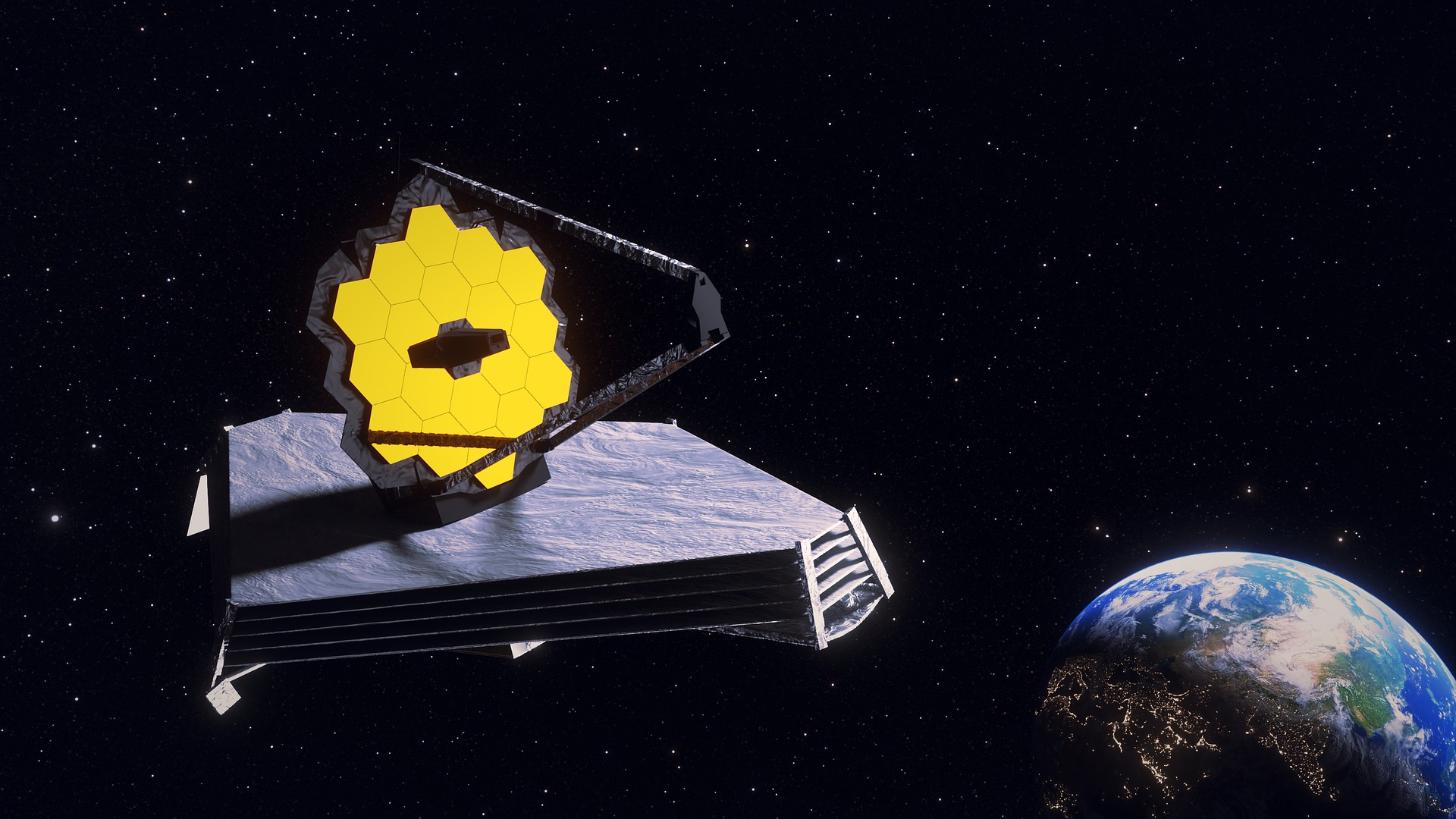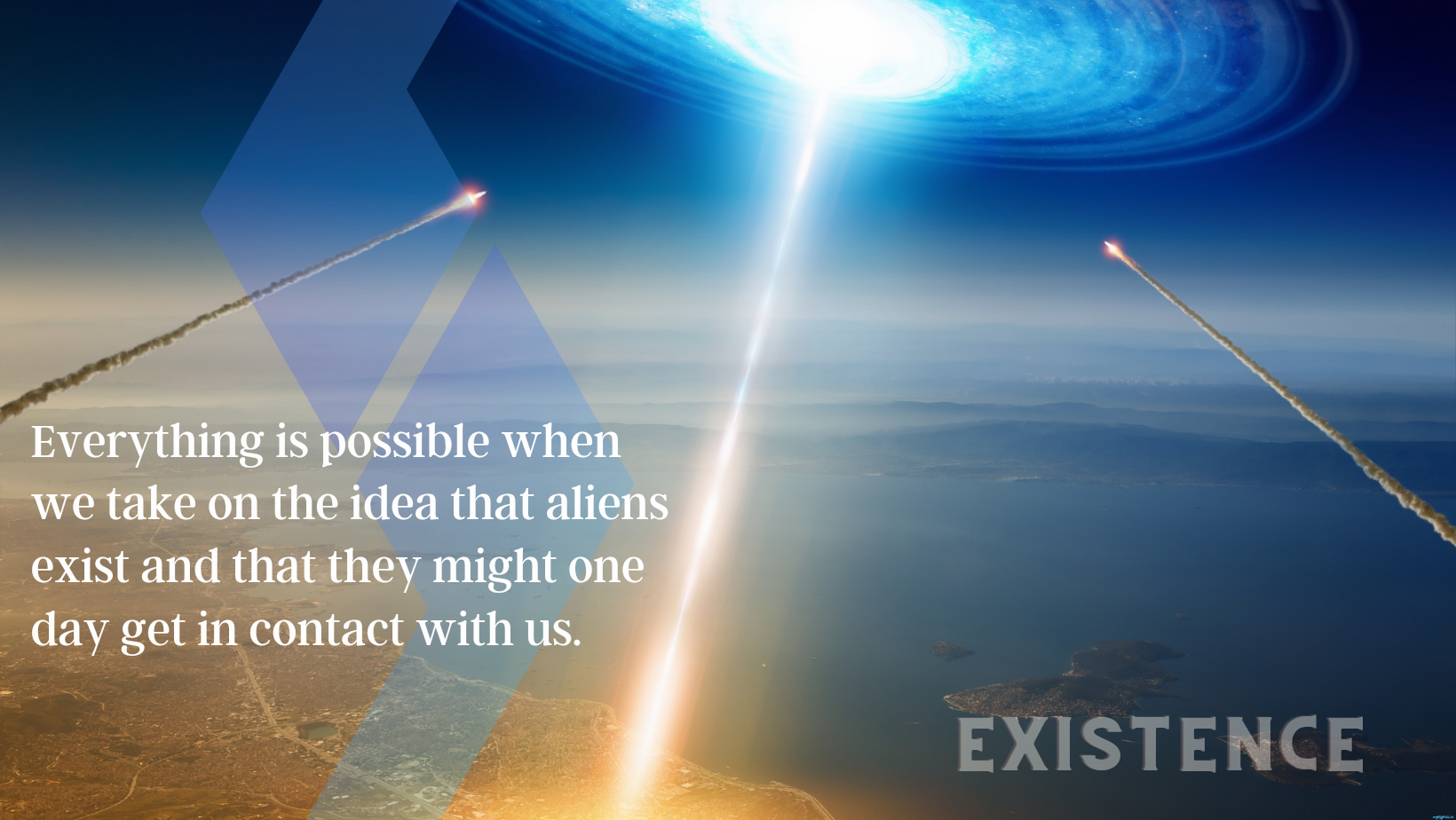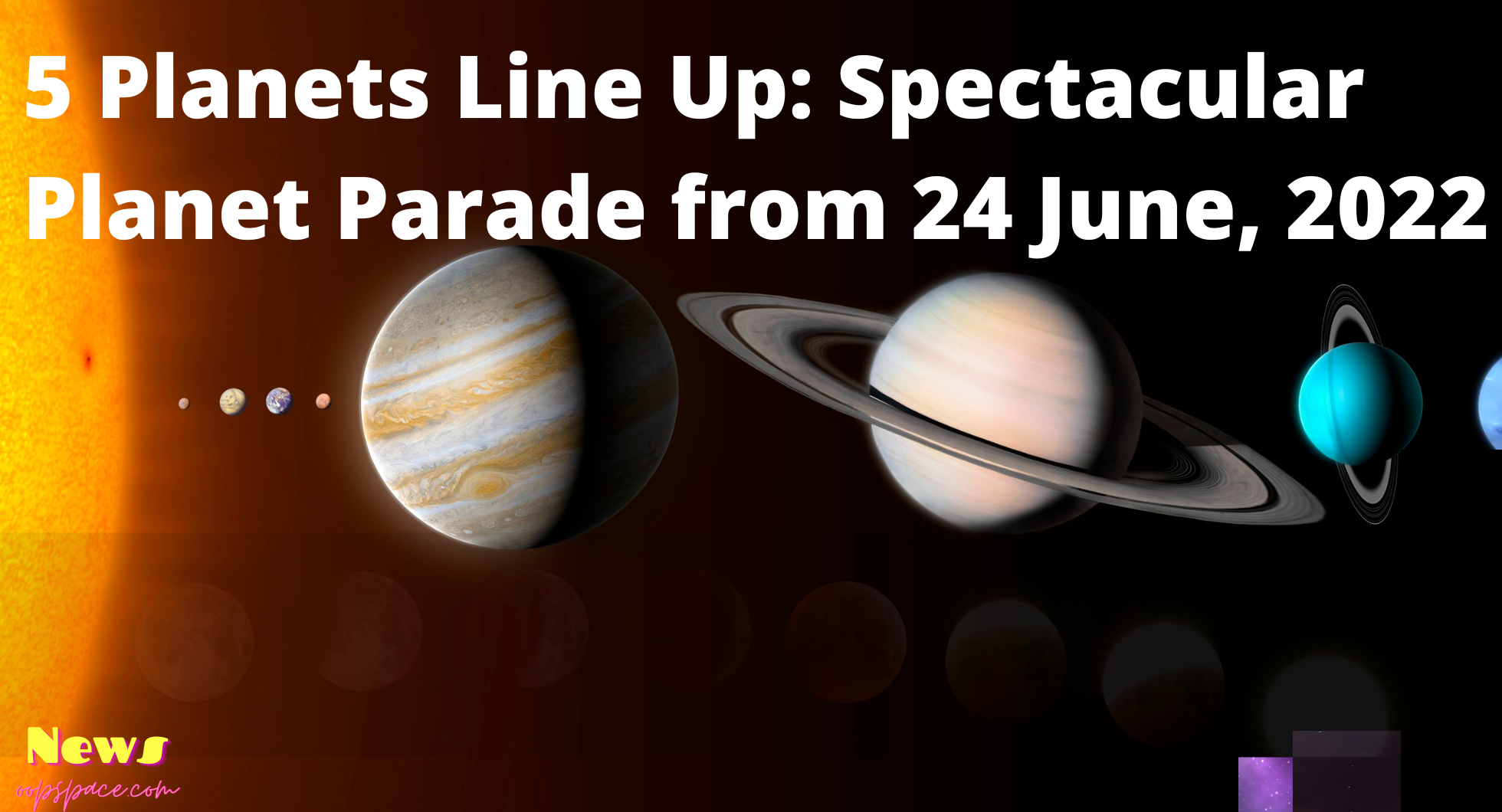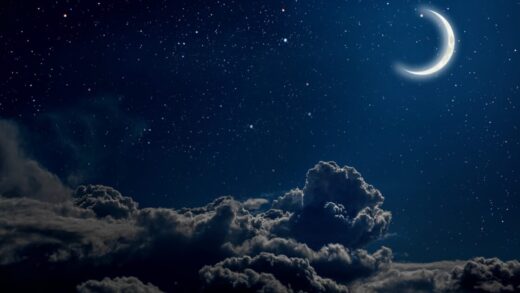James Webb sees its first star:

One of the most awaited moment in the history of space telescopes, the James Webb Space Telescope is going to complete the first phase of the months-long process of aligning the observatory’s primary mirror using the Near Infrared Camera (NIRCam) instrument.
According to NASA, the challenges to meet for the team were to confirm that NIRCam was ready to collect light from celestial objects, and then identify starlight from the same star in each of the 18 primary mirror segments. And the result is an image mosaic of 18 randomly organized dots of starlight, the product of Webb’s unaligned mirror segments all reflecting light from the same star back at Webb’s secondary mirror and into NIRCam’s detectors. NIRCam, which is the observatory’s wavefront sensor and a key imager, was intentionally selected to be used for Webb’s initial alignment steps because it has a wide field of view and the unique capability to safely operate at higher temperatures than the other instruments.
The image, which looks like a simple image of blurry starlight, now becomes the foundation to align and focus the telescope in order for Webb to deliver unprecedented views of the universe this summer. Over the next month or so, the team is said to gradually adjust the mirror segments until the 18 images become a single star.
Quoting to Marcia Rieke, principal investigator for the NIRCam instrument and regents professor of astronomy, University of Arizona, the agency said, “The entire Webb team is ecstatic at how well the first steps of taking images and aligning the telescope are proceeding. We were so happy to see that light makes its way into NIRCam”.
The image capturing process began on 2 February, when Webb was repointed to 156 different positions around the predicted location of the star and generated 1,560 images using NIRCam’s 10 detectors, amounting to 54 gigabytes of raw data. The entire process lasted nearly 25 hours. However, notedly the observatory was able to locate the target star in each of its mirror segments within the first six hours and 16 exposures. Then, those images were stitched together to produce a single, large mosaic that captures the signature of each primary mirror segment in one frame. The images shown here are only a center portion of that larger mosaic, a huge image with over 2 billion pixels.
As mentioned by astronomers, that initial search covered an area about the size of the full Moon because the segment dots could potentially have been that spread out on the sky.
Marshall Perrin, deputy telescope scientist for Webb and astronomer at the Space Telescope Science Institute, said, “Taking so much data right on the first day required all of Webb’s science operations and data processing systems here on Earth working smoothly with the observatory in space right from the start. And we found light from all 18 segments very near the center early in that search! This is a great starting point for mirror alignment”.
According to the team of astronomers, each unique dot visible in the image mosaic is the same star as imaged by each of Webb’s 18 primary mirror segments, a treasure trove of detail that optics experts and engineers will use to align the entire telescope. They say that that activity determined the post-deployment alignment positions of every mirror segment, which is the critical first step in bringing the entire observatory into a functional alignment for scientific operations.
Naming the event as exciting, Michael McElwain, Webb observatory project scientist, NASA’s Goddard Space Flight Center said, “Launching Webb to space was of course an exciting event, but for scientists and optical engineers, this is a pinnacle moment, when light from a star is successfully making its way through the system down onto a detector”.
Astronomers hope Webb’s images will gradually become clearer, more detail-laden, and more intricate as its other three instruments arrive at their intended cryogenic operating temperatures and begin capturing data. In the summer, the first scientific images are expected to be delivered to the world. As mentioned by the WEBB team, confirming that Webb is a functional telescope is a big moment, however, there is much ahead to be done in the coming months to prepare the observatory for full scientific operations using all four of its instruments.
Auto Amazon Links: No products found.


